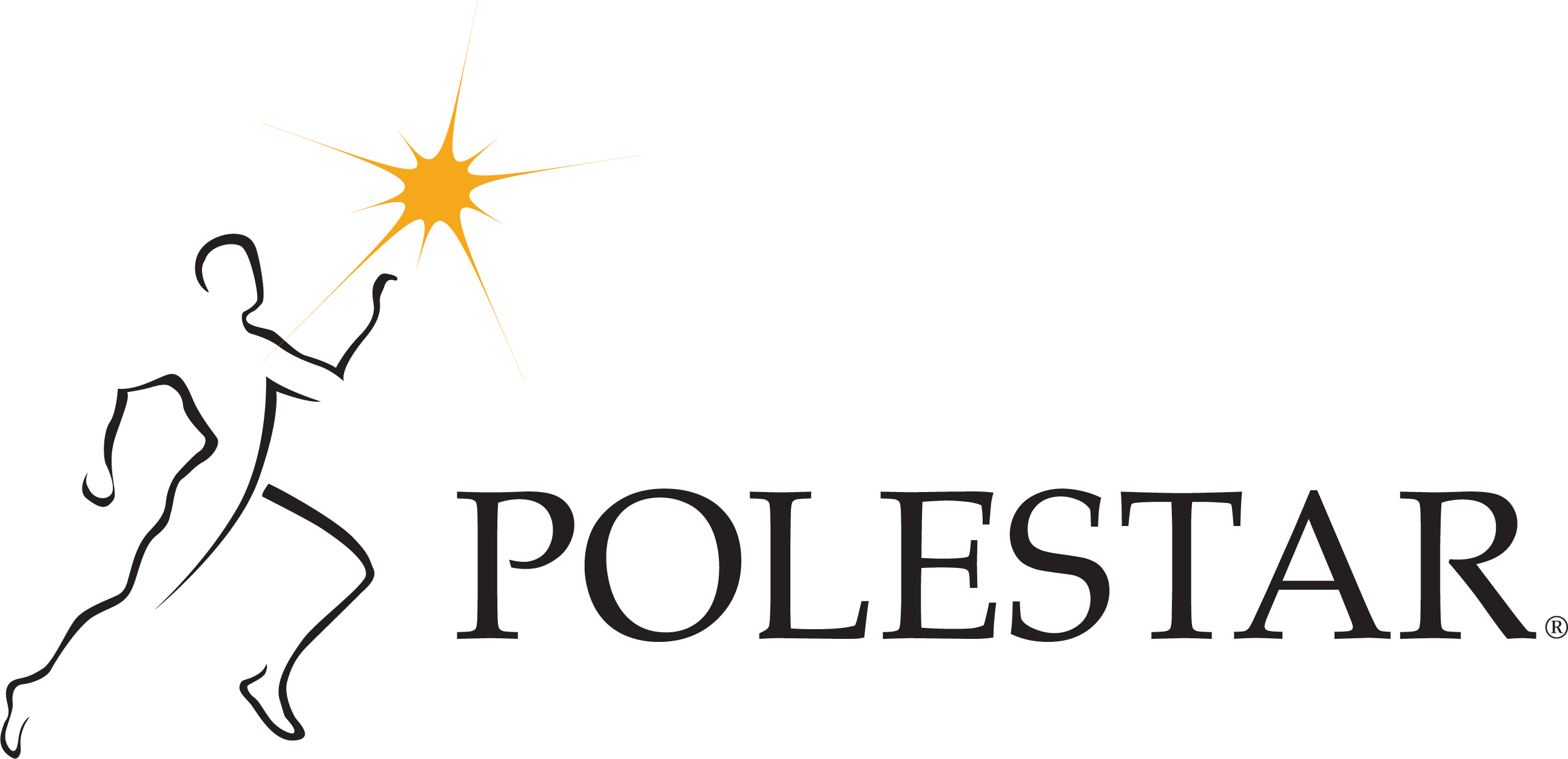
A great class starts with identifying goals. What message do we wish to convey to a group or an individual that will be under our guidance for at least an hour at a time? As movement instructors, whether we are teaching yoga, Pilates, dance, GYROTONIC®, etc. a critical part of delivering a memorable experience is identifying the needs and wants of our students. So the question becomes: How do we identify goals for an individual or a group class that are both aligned with our experience as professionals and the students’ desires?
As teachers, we tend to spend a lot time developing our technique and performance skills through dedicated practicing of the craft we share with others, namely, meditation, Pilates, yoga, etc. While this commitment is extremely important, as I am a firm believer in ‘walking the talk,’ it should not be our only focus. Through deep introspection during our practice hours we are able to develop the capacity to empathize with others as we can reference what our minds, bodies and spirits feel like during different movements and at different times in our lives. Without also developing assessment skills it becomes very challenging to prescribe movement in a way that will speak to an individual’s needs. Assessment affects decisions about sequencing, verbal and tactile cueing, breath patterns and how to evolve the practice. Assessment inspire us to ask these hard questions: “Are we teaching what we think we are teaching?” “Are students learning what we set out to teach?” “Is there a better way to guide the practice, thereby promoting better learning?”
Many times what our students would like to focus on and work towards is not necessarily what we as movement professionals think should be their area of focus. If we simply dictate what we think they should be working on, rather than first listening to what their desires are, we are conveying a message of disinterest and many times students feel as if they are not being listened to. So how do we balance out the fact that many times individuals show up to a yoga class because they heard it will make their legs and triceps look great, while what the instructor thinks is important is alignment and breath? If a student says, ‘I want my arms to look like yours,’ and my response is, ‘well how about some rounds of diaphragmatic breathing?’ they probably won’t come back for another session. Cultivating the ability to quickly assess a group or an individual, coupled with years of self-practice, give us the ability to meet people where they are with integrity. I would never spend 60 minutes working on someone’s legs or triceps, as it is not functional nor in accordance with my personal values, but I could choose a couple of poses or exercises that quickly fatigue these areas while comprehensively moving someone through a holistic practice of coordinating the mind, body and spirit, which is exactly what these modalities I’ve listed above all share as a common goal.
At this year’s Pilates Method Alliance conference we performed Polestar’s Postural Assessment on many of the conference delegates and were reminded of how important critical thinking and analytical skills are for what we do as instructors. Assessment is an essential part of instruction, as it determines whether or not the goals of a program are being met. While this is something I do as a Polestar Educator all of the time, performing parts of the assessment at the conference with colleagues was really different! Having the opportunity to witness their ‘aha’ moments after just some minor feedback and adjustments was refreshing and reinforced what I already knew intuitively. The more we develop our capacity of observation and active listening, the better we are able to communicate in a simple way that promotes deep change in others and ourselves.
You can find Christi on social media at:




